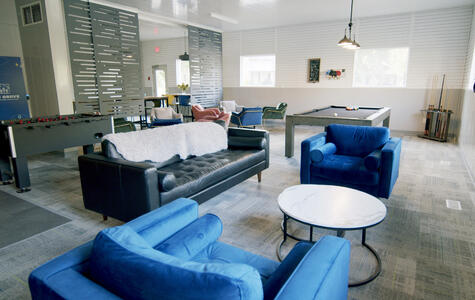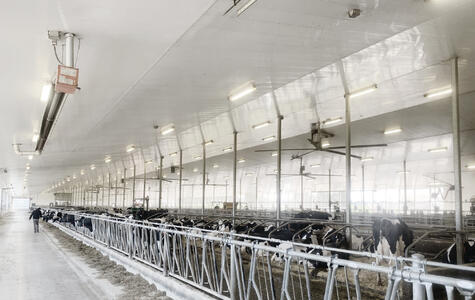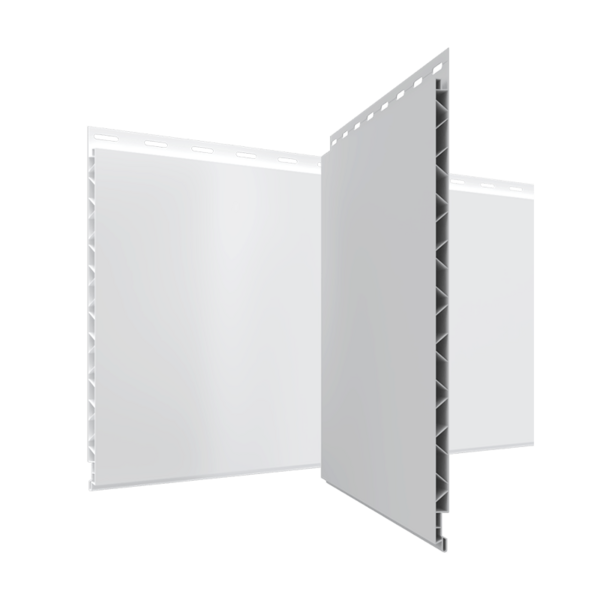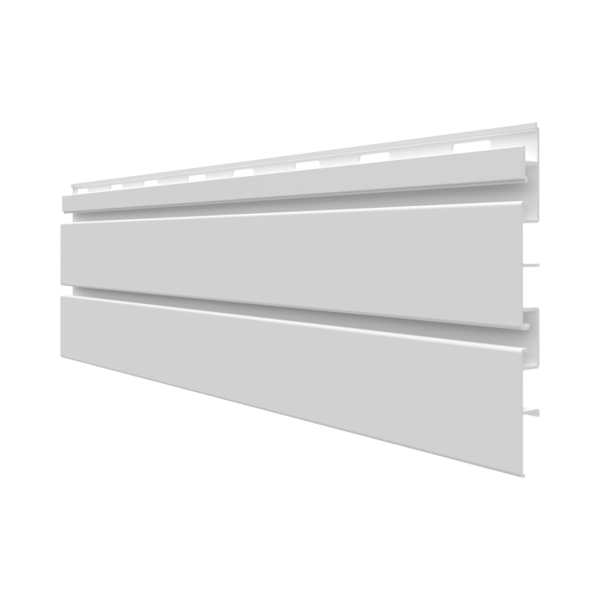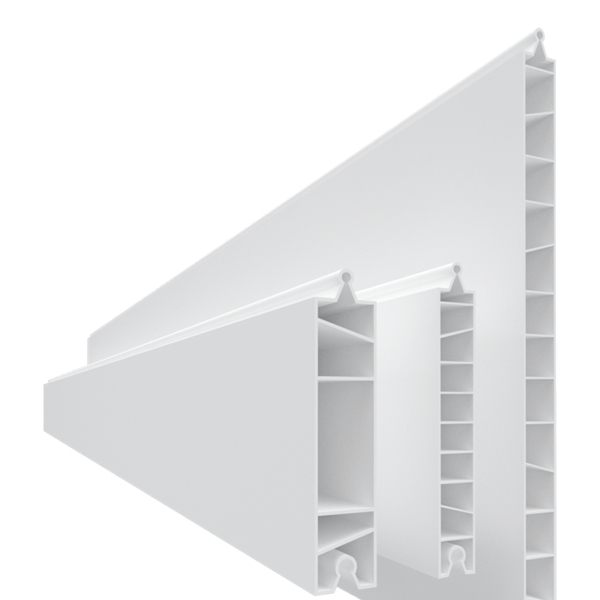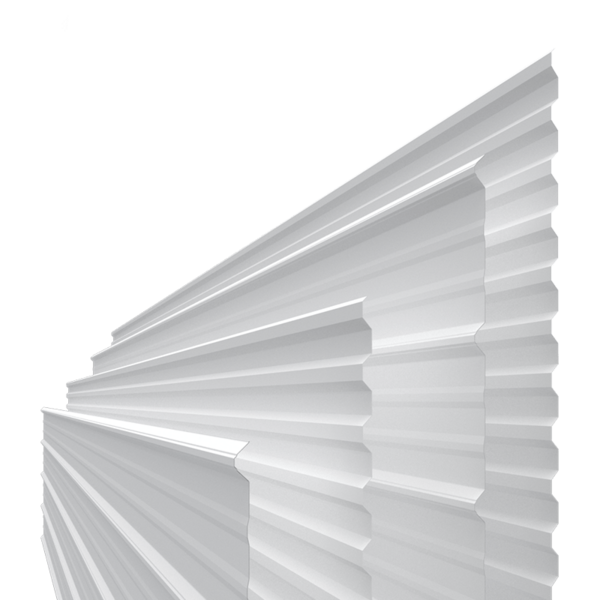When it’s time to select a material for a building’s interior walls and ceilings, you may be hesitant to make the switch from a traditional option like drywall to PVC building materials. After all, drywall has been the default wall cladding solution for decades, so why not stick with what you know?
- Compared to well-known products like drywall, PVC building materials may seem new and untested
- But PVC has been used in certain construction materials for a long time, and its properties lend well to other products like wall and ceiling panels
- Where durability, moisture resistance, and cleanability are among your top concerns, PVC-based products have got you covered
The reality is drywall is quickly becoming a relic of the past (and has its fair share of problems), while PVC-based alternatives are an integral part of the future of residential, commercial, and agricultural construction. Why? The impressive list of benefits and applications speaks for itself.
Benefits of PVC Building Materials
PVC — or polyvinyl chloride — has a long history of being the key ingredient used to create pipes, cables, window profiles, flooring, and roofing because it’s incredibly durable and lightweight. These properties also lend themselves well to other types of building materials like wall and ceiling panels.
To see how, let’s take a closer look at the benefits of building with Trusscore Wall&CeilingBoard, which is made from PVC:
- Strength and durability. The mechanical strength of PVC combined with the unique truss design of Trusscore Wall&CeilingBoard means that the panels can outlive the buildings they’re installed in. The abrasion resistance of PVC also means that the panels are impact-resistant and can stand up to contact without showing dents, cracks, or damage.
- Lightweight and ease of install. Trusscore Wall&CeilingBoard weighs 40% less than drywall and installs four times faster with just one person needed for the job. The panels are also pre-finished, which means no taping, mudding, priming, or painting is required.
- Moisture and water resistance. Trusscore wall and ceiling panels are 100% water resistant and will remain that way throughout the life of the product. The presence of PVC means the panels shed water and won’t absorb airborne moisture. They won’t degrade or deteriorate in wet or damp environments.
- Cleanability. The smooth surface and water resistance of Trusscore products means they can be cleaned with a simple wipe. Trusscore panels can’t be harmed by detergent or chemical cleaners, and panels can even handle repeated pressure washing.
- Hygienic. Trusscore polymer panels are inert with a non-porous finish that makes it tough for bacteria, mold, or viruses to take hold. Because of this, wall and ceiling panels meet the guidelines for use in food processing and commercial agricultural facilities.
- Indoor environmental quality (IEQ). The key components of IEQ include indoor air quality, thermal comfort, lighting, and acoustics. The antimicrobial, mold and mildew resistance, high light reflectivity, and VOC-compliant properties of Trusscore Wall&CeilingBoard all improve a building’s IEQ while also creating healthy and comfortable spaces for occupants.
- Environmentally friendly. PVC is long-lasting and can be recycled up to six or seven times to extend its lifecycle. Since it’s made from PVC, Trusscore Wall&CeilingBoard is 100% recyclable, and waste product can be reground and reused to make new materials.
Examples of Other PVC Building Materials
PVC can be used in more than just wall and ceiling panels. In fact, it’s a key ingredient in three other Trusscore products:
- Trusscore SlatWall. Trusscore SlatWall is an on-the-wall organization system that’s easy to install, built to last, and seamlessly integrates with Trusscore Wall&CeilingBoard to completely transform a space. It’s an ideal alternative to both MDF pegboard and MDF slatwall.
- DockDeck by Trusscore. DockDeck is a PVC dock decking material that’s 40% lighter than composite decking, is designed to keep cool in high temperatures and direct sunlight, and doesn’t require maintenance or replacing — the boards will never rot, rust, splinter, or fade.
- NorLock by Trusscore. NorLock freestanding PVC divider planks are heavy-duty and boast all the same benefits as Trusscore Wall&CeilingBoard and can be used to create interior walls, partitions, or animal containment areas.
And that’s just talking about Trusscore — there are many other PVC-based product manufacturers out there that you’ll discover when planning your future project.
Where Can PVC Building Materials Be Used?
PVC products like Trusscore Wall&CeilingBoard can be installed anywhere indoors and are best suited to areas where durability, moisture resistance, and cleanability are among your top concerns.
- Residential applications: Garages, workshops, laundry rooms, basements, home gyms, and mudrooms.
- Commercial applications: Commercial kitchens, food processing facilities, retail spaces, office spaces, and car and truck washes.
- Agricultural applications: Barns, workshops, indoor grow rooms, horse stables, dog kennels, and dairy, poultry, and hog facilities.
Compared to other alternatives on the market, the positives of building with PVC-based materials are undeniable, and one thing is for sure: products like Trusscore Wall&CeilingBoard should be at the top of your construction shopping list from now on.
Products for PVC Applications
Wall&CeilingBoard
Trusscore Wall&CeilingBoard is an interlocking, interior PVC wall and ceiling panel that is lightweight, low maintenance, and outperforms alternative products like drywall and FRP.
Learn MoreSlatWall
Trusscore SlatWall is a high-strength, on-the-wall organization system that’s easy to install and seamlessly integrates with Trusscore Wall&CeilingBoard.
Learn MoreNorLock
NorLock by Trusscore are durable freestanding, interlocking divider planks for interior walls, non-load bearing partitions, and penning.
Learn MoreRibCore
RibCore by Trusscore are high-strength PVC corrugated panels that are durable, cost effective, and easy to install and maintain.
Learn More
